The “Internet of Things” is playing a bigger role in everyday life. Experts claim that over 20 billion networked devices, sensors and services will be online within the next three years. Ten innovations that promote self-determined living in old age.
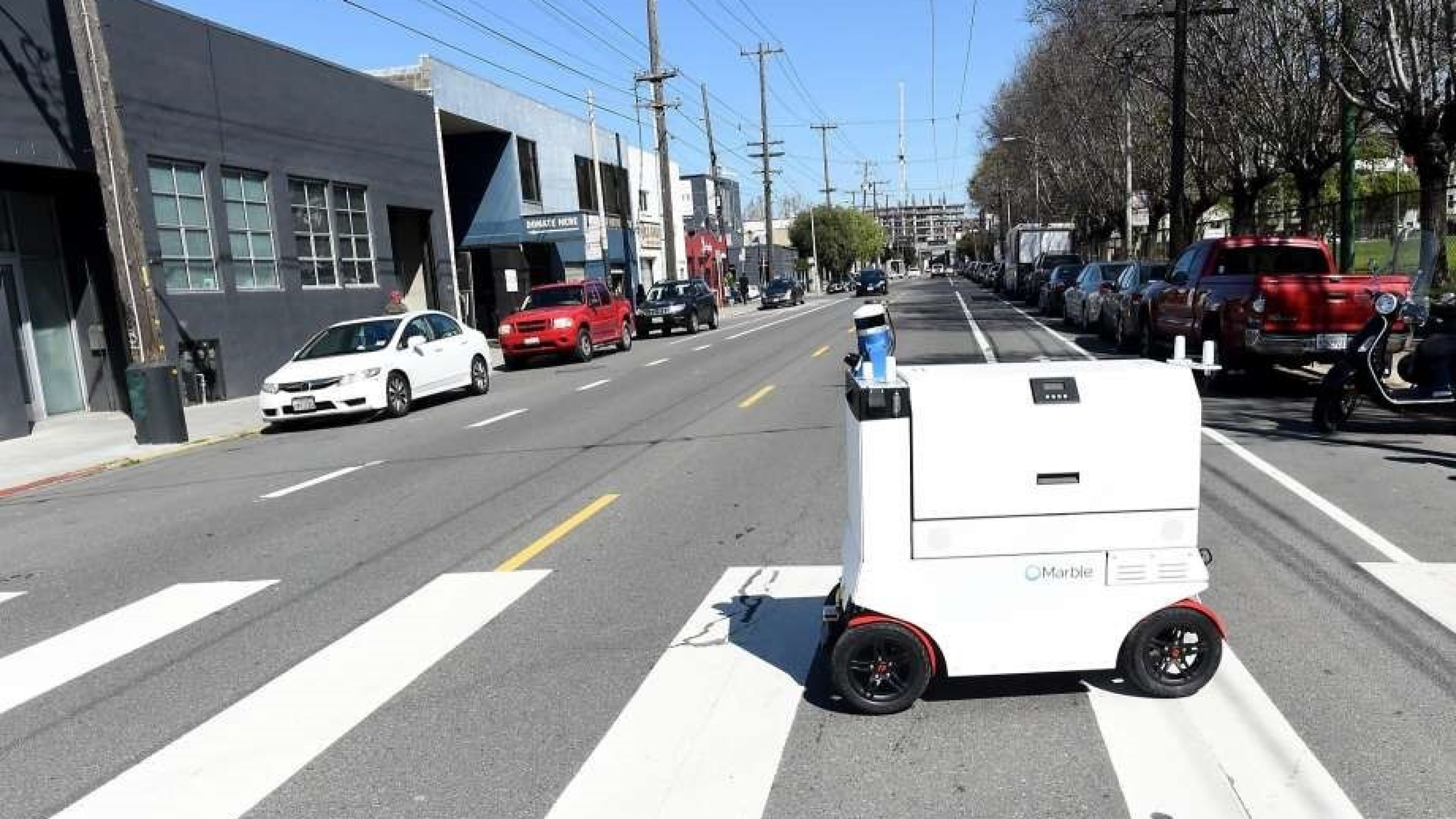
1 – Delivery robots
They already frequent the pavements in those cities prepared to experiment with robots. You may even find them knocking on the door of your hotel room: small, manageable delivery robots covering the last mile. Supermarkets also use robots from such companies as Starship oder Marble Starship or Marble to deliver groceries. It’s a practical solution, especially for older people who may not be as mobile as they once were. Although they are not (yet) able to carry shopping to the third floor, this capability is now a research priority - and the first prototypes have already emerged.
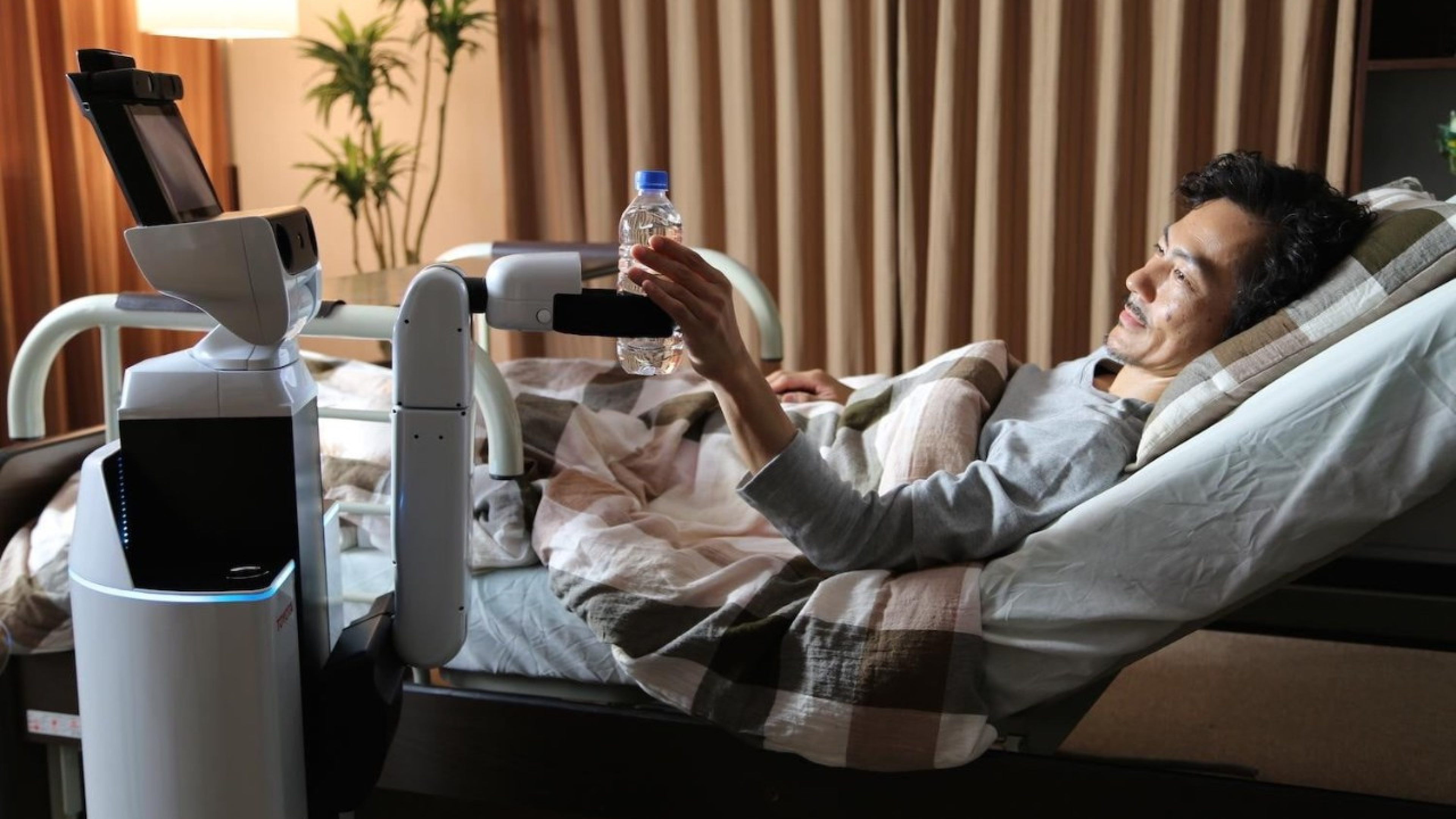
2 – Robot partners
Robots can already do most types of factory work and move along the pavement. It’s just housework they find complicated as seemingly simple tasks, such as setting the table, drying the dishes or doing the laundry are actually surprisingly complex and variable. However, that will change if such companies as Toyota or Panasonic have their way. They are on a concerted drive to develop robot partners, i.e. robots to assist people who live alone and make them feel they always have someone there to help out.
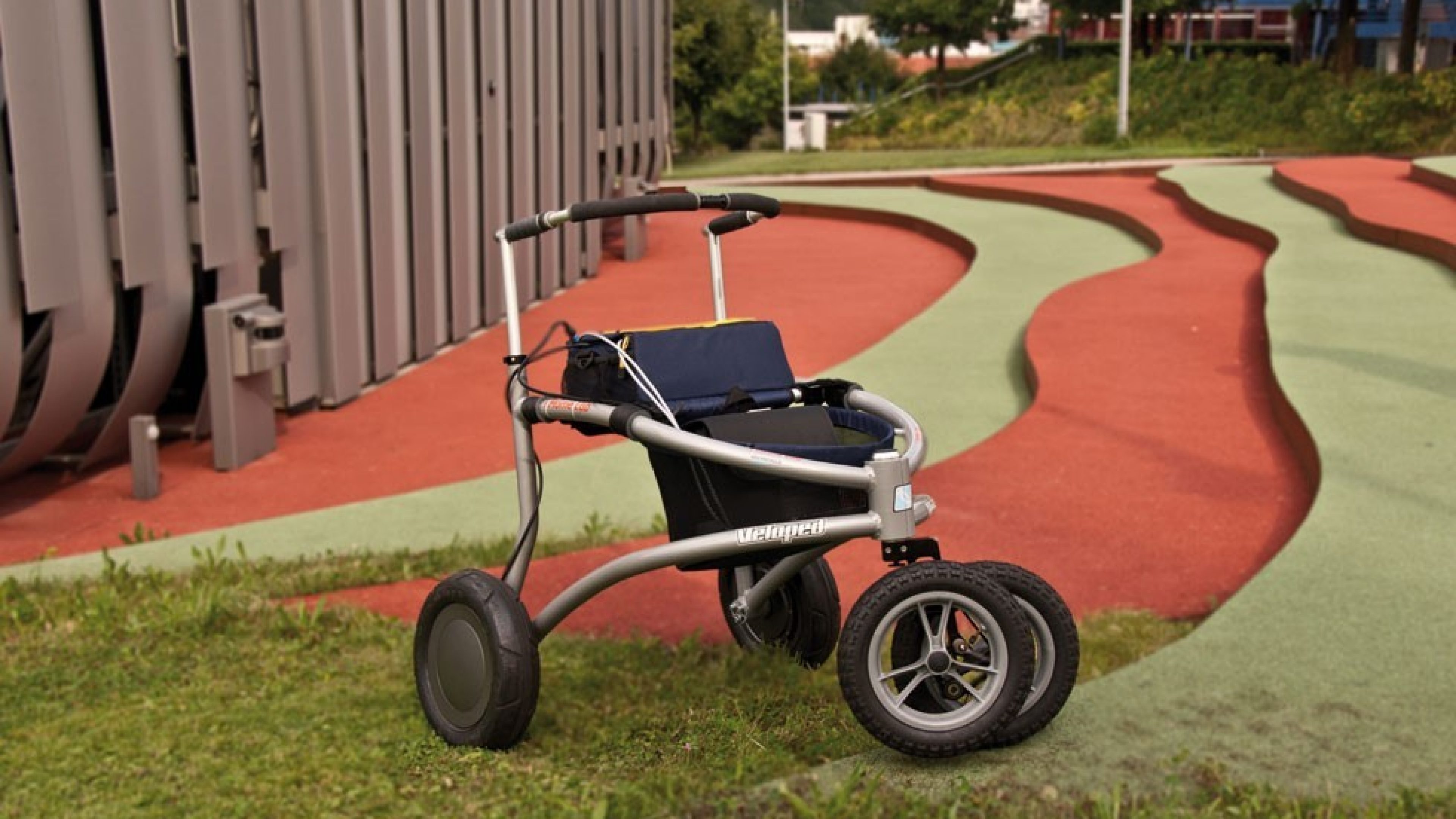
3 – The offroad rollator
Engineers at the iHomeLab of Lucerne University of Applied Sciences are making progress on a number of innovations to make life easier for senior citizens. One example is the off-road rollator WalkActive. It can handle steep slopes, stairs, meadows and woodland paths, it can also carry the shopping or double as a buggy for the grandchildren. There is even room for a tablet between the handles containing the shopping list. In 2013, the iWalkActive was voted the best age-appropriate assistance device from over 130 projects.
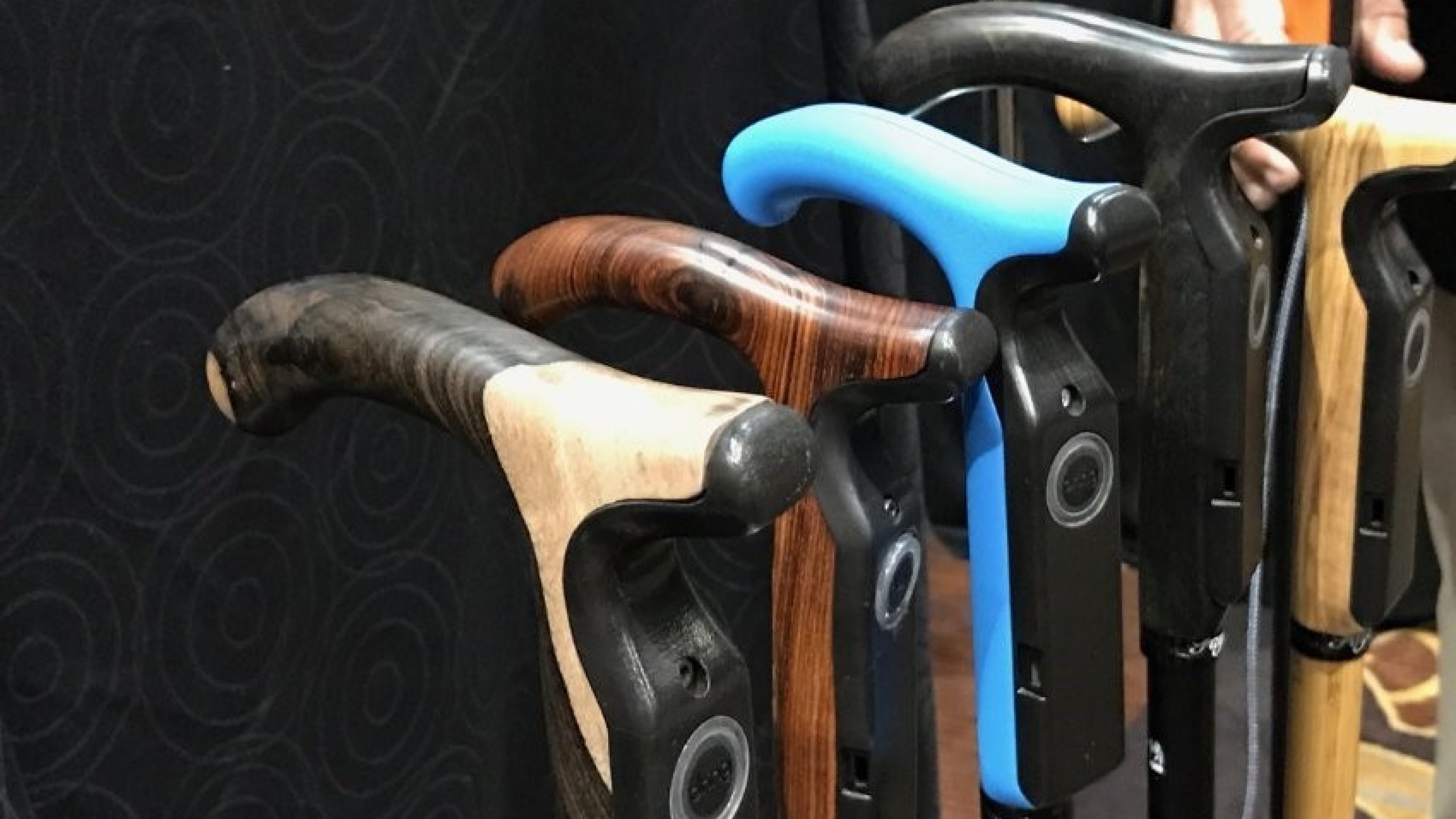
4 – A smart cane
Imagine a cane that not only compensated for its owner’s lack of mobility, but could also tell its owner his/her location and sound the alarm if necessary. It would become practically impossible to get lost and those of an anxious disposition would become more confident when going out. The French start-up Dring has developed just such a device, a connected walking cane with an embedded GPS chip and wireless connection.
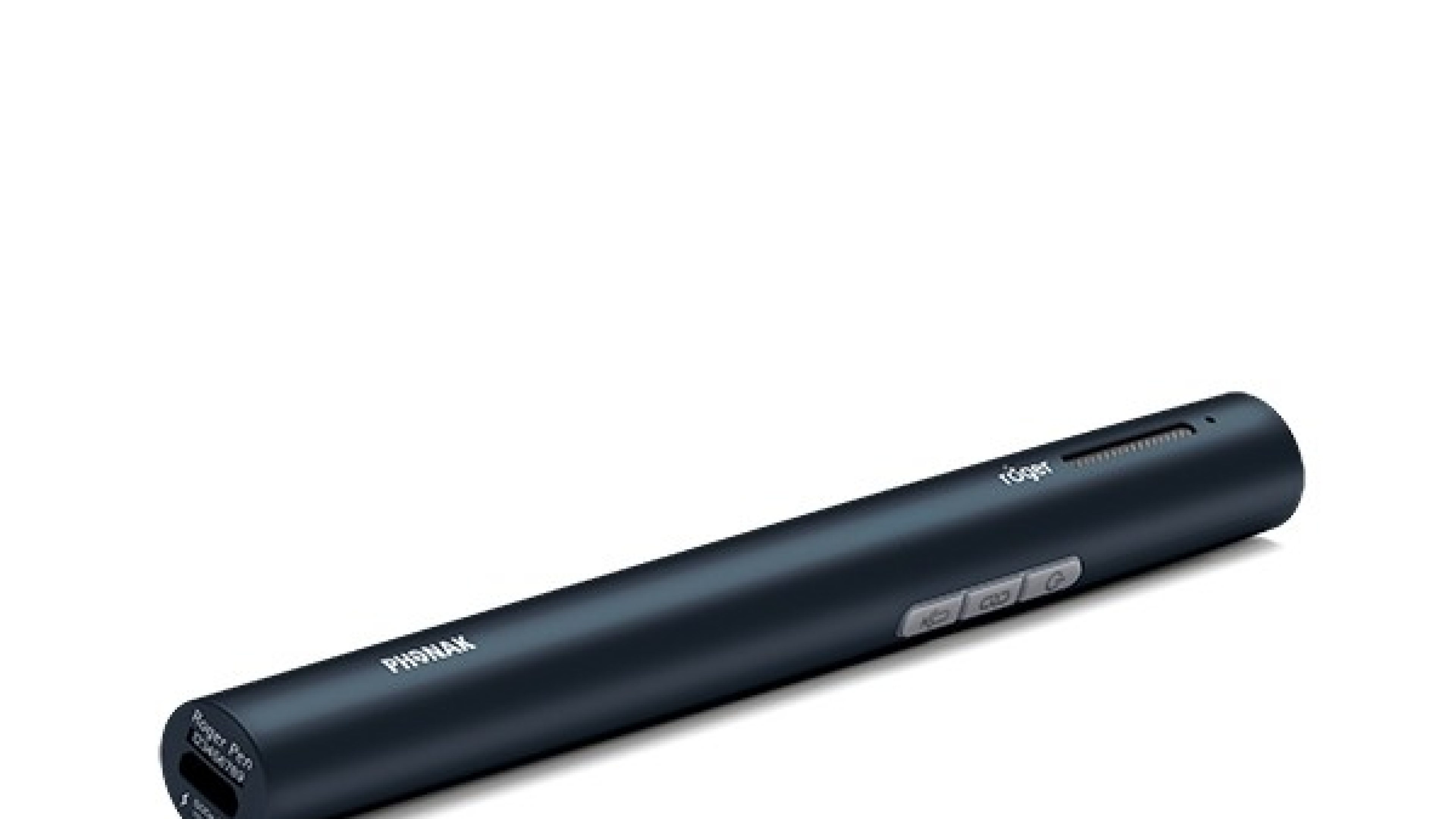
5 – Smart listening device
Although it’s no bigger than a pin, the Roger Pen by Phonak is writing acoustic history. It contains a microphone enabling people with impaired hearing to communicate in noisy places or at a distance. It offers fully automated settings and can be used as a standalone microphone or with other portable microphones. The Roger Pen also features Bluetooth to connect the user via wireless to their mobile phone, television and multimedia devices.
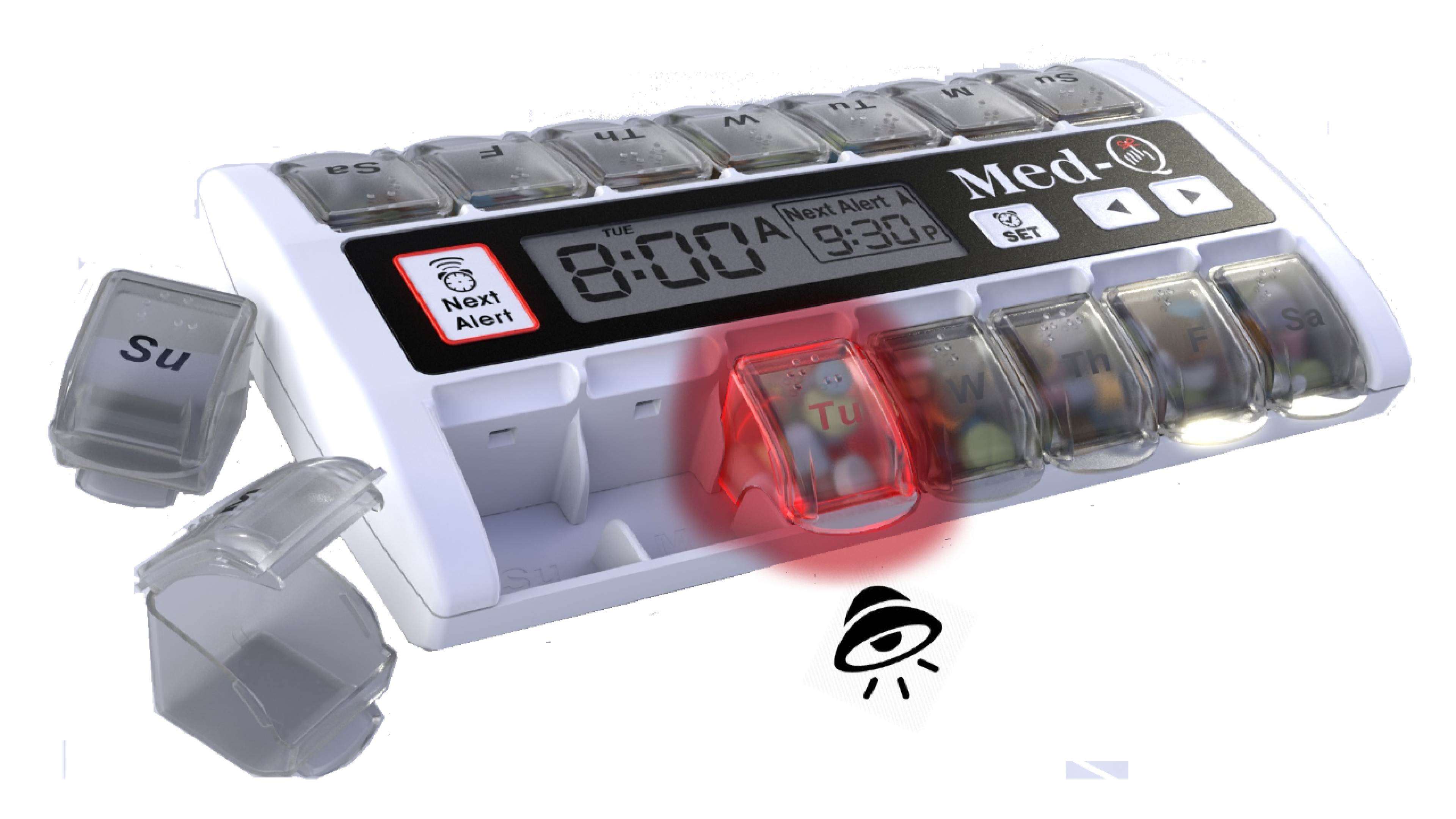
6 – Smart pill dispensers
Have I taken my medicine? Networked pill dispensers of the type produced by MedQ will consign this question to history. Smart pill boxes know when it’s time to take your pills, when the packet is empty and when a new prescription is needed. Not only can they remind their owner to renew their prescription, they can also inform third parties, thus improving therapeutic success and lowering health costs.
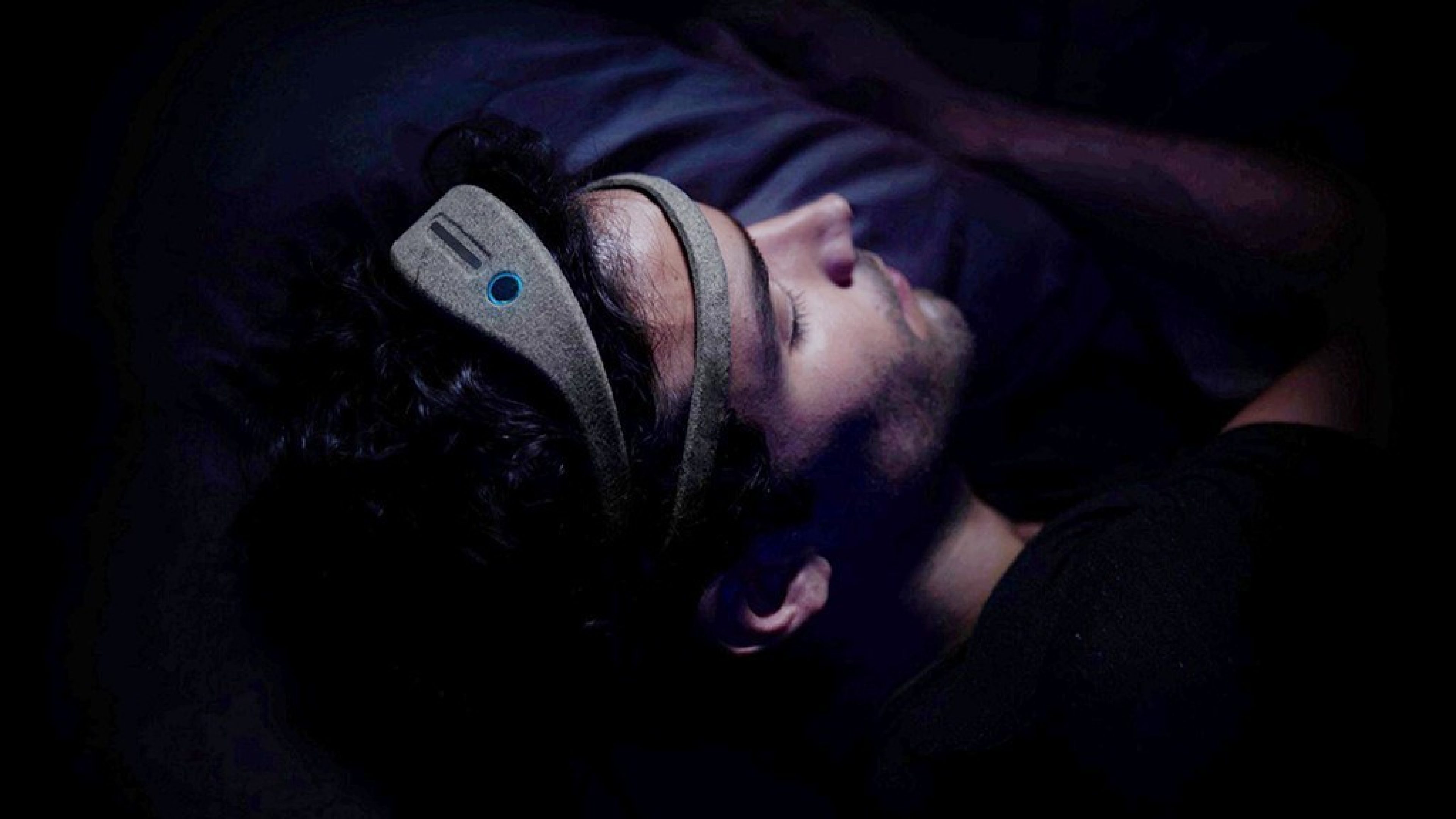
7 – Sleeping band
Good and deep sleep is very important, especially as you get older. That’s why investment in sleep-tracking and optimisation is booming in the Internet of Things. The headbanddeveloped by Swiss designer Yves Béhar of the startup Rhythm measures brain patterns, plays the right music to help the wearer sleep and helps improve deep sleep and sleeping habits through app-enabled evaluation. This will soon make counting sheep a thing of the past.
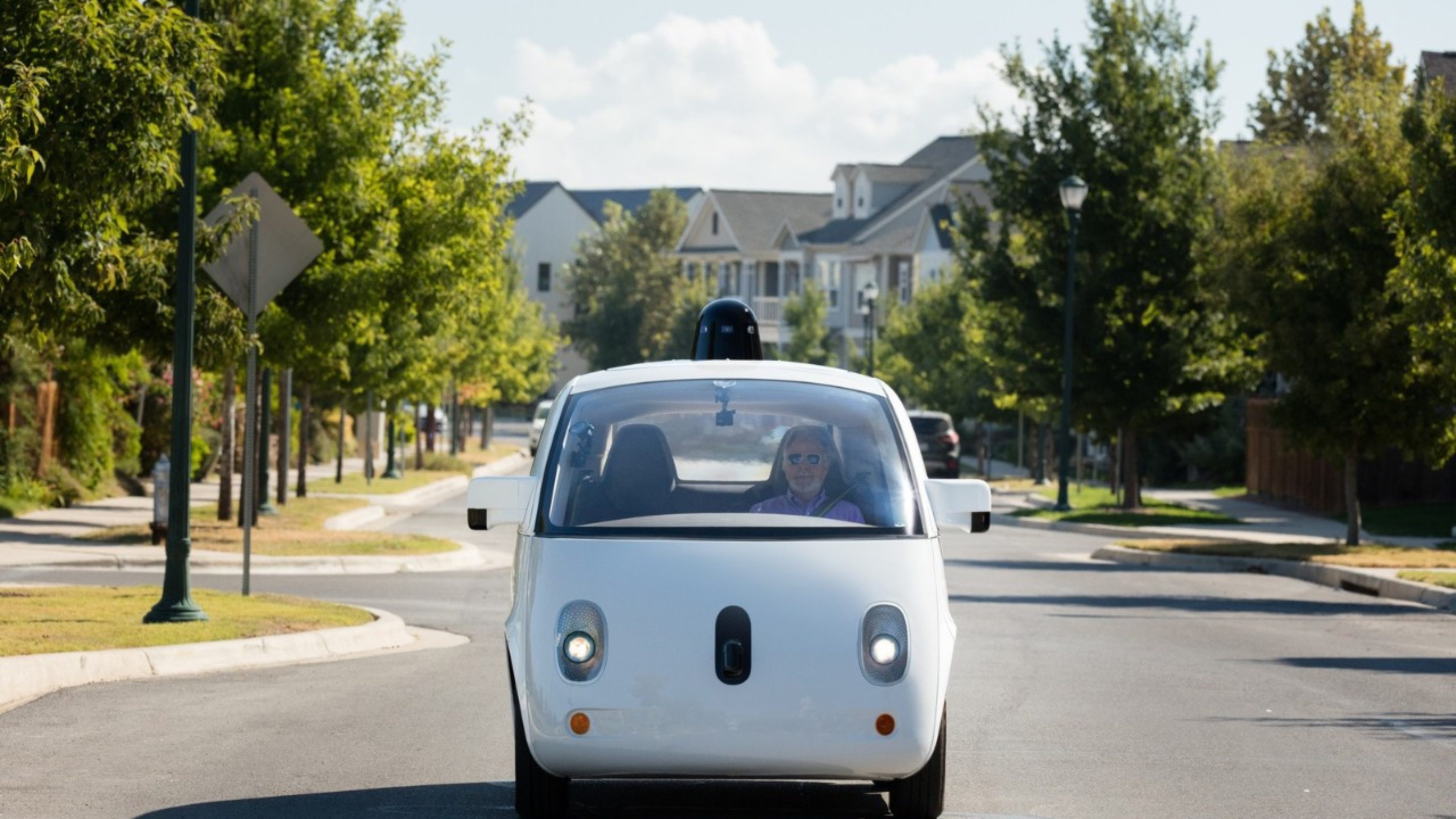
8 – Self-driving vehicles
Robo-taxis can be a great help if you start to find driving more difficult or even lose your licence for health reasons (poor eyesight for example). A number of companies including the Google spinoff Waymo are developing self-driving vehicles, which will soon offer senior citizens self-determined and cheap mobility, whether as a standalone taxi or in a carpool. Self-driving vehicles can bring transport to your door at the click of a mouse or in response to a simple spoken command.
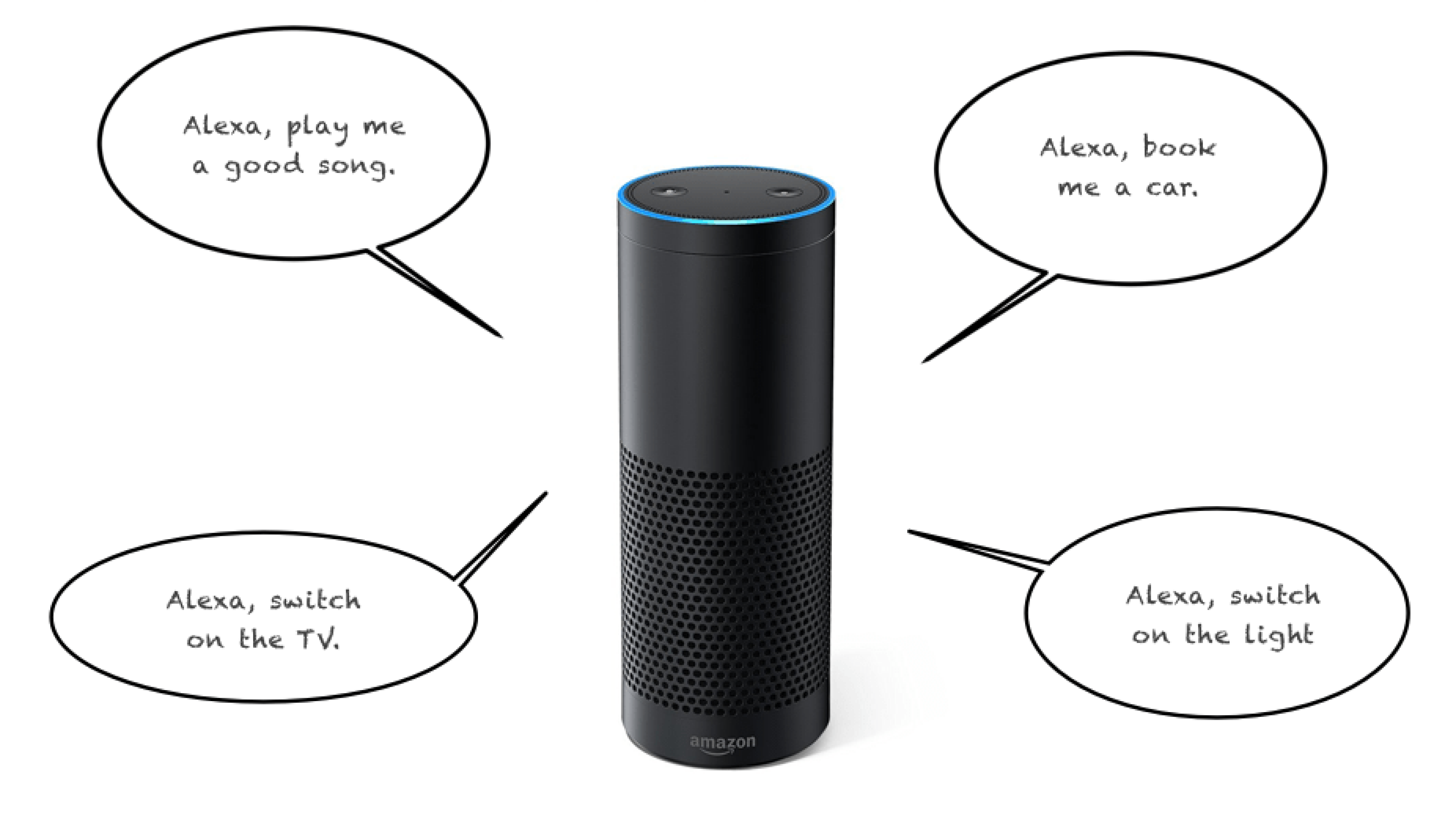
9 – Language assistants
Whether you are called Alexa or Siri: virtual assistants equipped to listen and talk can keep you in touch with the rest of the world. They can do a lot for the elderly — read the news or an entire book, access the tram schedule or contact your friends. The universal language assistant offers all types of information. Retirement homes have already started experimenting with them by having a device in each room.
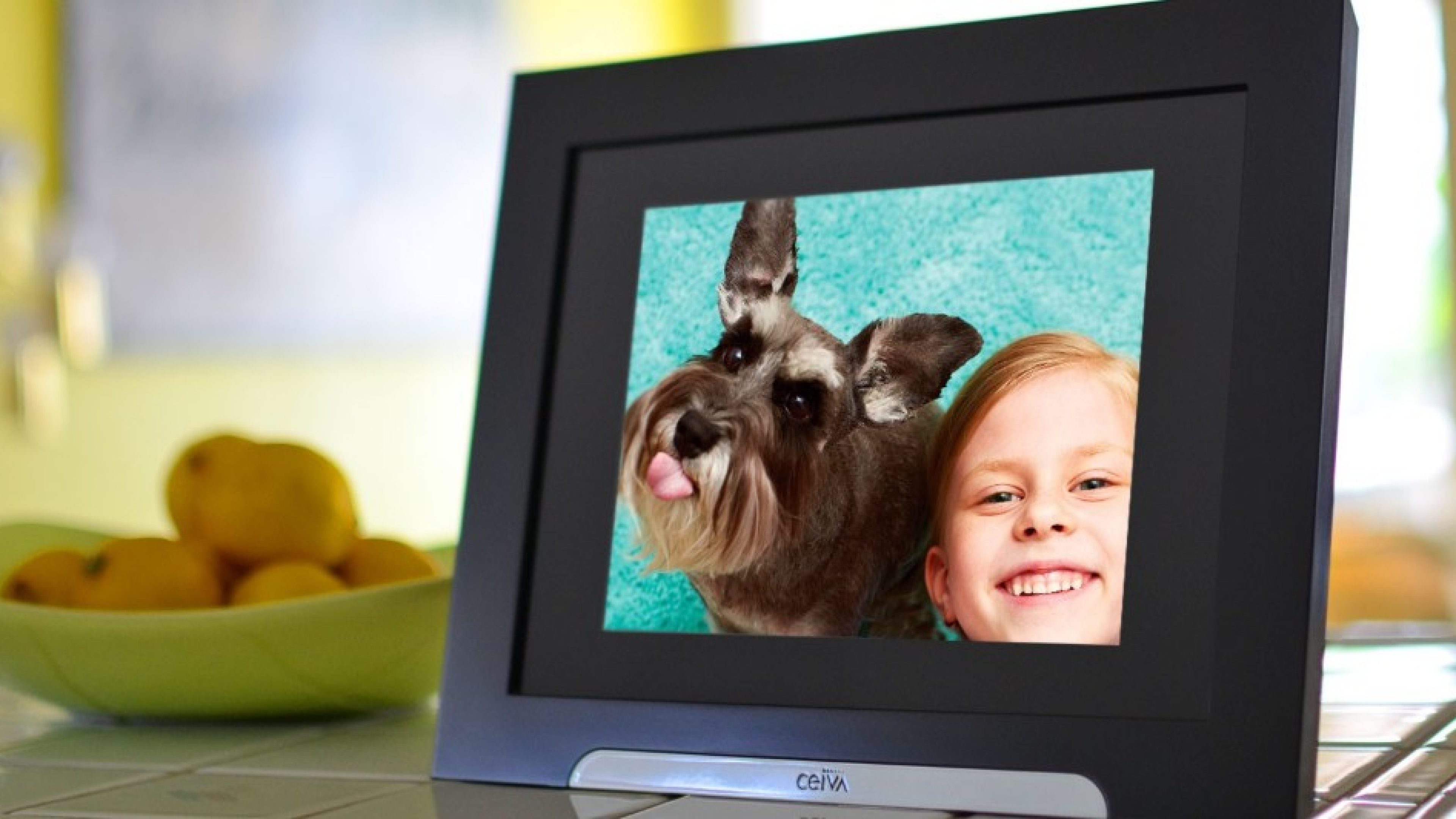
10 – Networked picture frames
Feeling left out? You don't have to: some providers, Ceiva for example, offer picture frames with a WLAN connection. That means you no longer need to send your holiday snaps by post or e-mail. Your family can keep you up to date by transmitting photos directly to your picture frame at home. Even if the grandparents are thousands of kilometres from their grandchildren, they can still stay in touch without having to cover large distances. A camera and microphone makes a networked picture frame a fully functional digital assistant.



